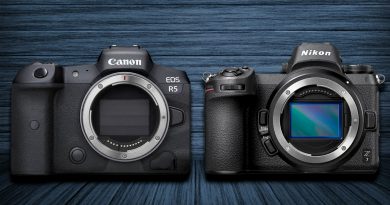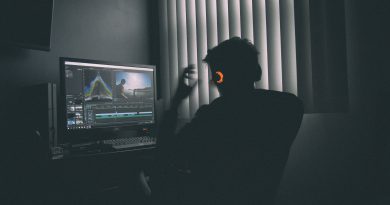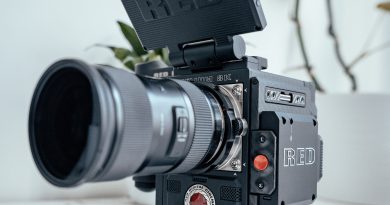The best gimbal: DJI, Zhiyun or Moza?
Some swear by the simplicity of a monopod or tripod, others want a steadicam, shoulder rig or easy rig or do you prefer a gimbal? Every filmmaker needs a tool for stable footage . There is no doubt that 3-axis gimbals are super hot these days and they are selling like hot cakes.
This is easy to explain. The creativity of vloggers, filmmakers and videographers has always been limited by their equipment. Steadicams or easyrigs were far too expensive for smaller projects with lower budgets. Not only the high price, but also the hassle and attention you would get when walking around with a steadicam harness.
Gimbals completely changed that. Smooth and cinematic images that look completely professional are now highly accessible to any filmmaker . Forget the days of choppy unstable shots!
From smartphone gimbals for amateurs like the DJI Osmo Mobile (nowadays the DJI OM series) to the more professional gimbals like the Movi Pro or DJI Ronin 2 that cost hundreds to thousands of euros, there is a gimbal for every type of filmmaker. In this article, we’ll explain which gimbal is right for you. We compare them on things such as stabilization quality, maximum payloads, build quality, price and more.
Best gimbals for your camera in one overview
Here are our top 3 gimbals recommendations for filmmakers and videographers:
… and here are some other options worth considering:
Now let’s see the top 3 of these gimbals in more detail …
1. DJI Ronin-S

Payload: 3,6 kg
Pros
- Excellent stabilization
- Good build quality
- 12 hours of battery life
- Grip can be unscrewed for easy packing
Cons
- Heavy
- Non-removable battery – you can buy a different handle if a spare is needed.
While being best known as a manufacturer of drones, there is no doubt that DJI is the most prolific gimbal supplier today. Although they dominated the mobile and professional gimbal market, for a while they actually didn’t have a good handheld gimbal under € 1000 for a DSLR and mirrorless camera. That was until the 2018 release of the Ronin-S, which was sold out for quite some time after its release.
The Ronin-S did not disappoint. This DJI gimbal is probably the closest to the most perfect gimbal you can get in this class. Admittedly, he’s not quite up to par and he’s a bit heavy, but it does so many things better than its competition. The build quality is a lot better than the rest. It feels more robust than the plastic gimbals produced by Zhiyun, Moza and other brands. The software and accompanying app are super slick. The stabilization quality is top. And so on and so on.
The maximum payload of 3.6kg means the Ronin-S can have DSLR setups with heavier cine lenses and other accessories.
The weight of the Ronin-S is definitely the biggest complaint you’ll see on the internet, but it’s something you can adjust to. That said, you can also decide to go for the slightly lighter and newer Ronin-SC (where the ‘C’ stands for compact). Especially if you have a mirrorless camera.
Despite being a relatively heavy gimbal, its removable grip allows it to pack smaller than almost all gimbals in its class. This actually makes it an excellent portable gimbal for travel.
Moza Air 2
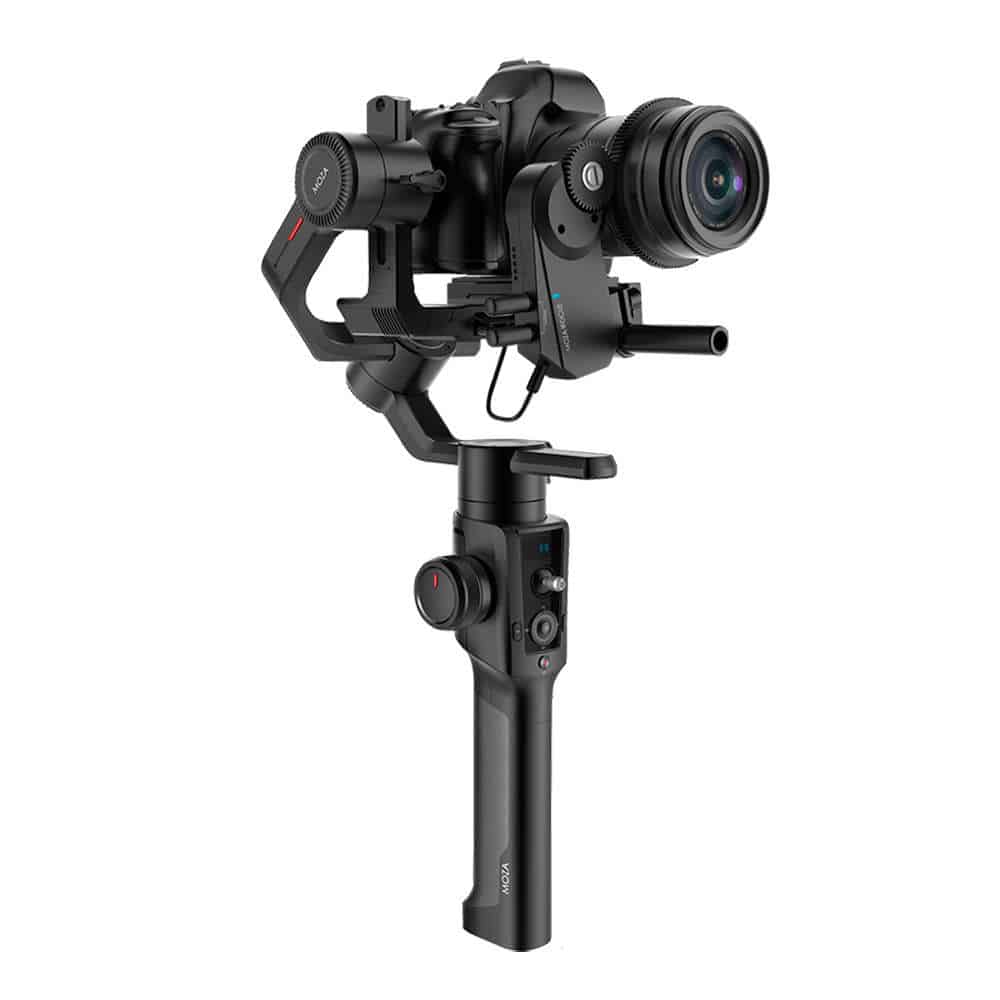
Payload: 4,2 kg
Pros
- Excellent stabilization
- 16 hours of battery life
Cons
- Slightly buggy software
Before the Moza Air 2 came out, the DJI Ronin-S was the best DSLR and mirrorless gimbal out there. Period. However, after the release of Gudsen’s Moza Air 2, we have a great, cheaper alternative.
The Moza Air 2 is often a bit cheaper than the DJI Ronin-S. You might not expect it with a gimbal of this price, but it packs a ton of features.
The Moza Air 2 has some of the best features a gimbal can have. You can adjust the focus, scroll and make changes to the settings simply by using the buttons on the gimbal itself, using the OLED that navigates through the menu. The DJI Ronin-S does not have many direct ways to set the features and you will often find that you have to make adjustments via the smartphone app, which is a bit more time-consuming.
This gimbal also works with a quick release plate that allows you to take your camera off and back again without having to rebalance or recalibrate the gimbal. This makes switching between a tripod and a gimbal incredibly fast – which is all the more important when filming for a wedding or other shoots where being able to act quickly is essential.
The Moza Air 2 also impresses on other points. Consider, for example, the 4.2 kg payload and the four removable Li-ion 18650 batteries that give you 16 hours of runtime on a single charge.
The Moza Air 2 is a great gimbal and actually offers more bang for your buck than the Ronin-S. The gimbal just doesn’t feel as solid as the Ronin-S. Gudsen’s software is a bit less good and the accessory ecosystem is not as developed as that of DJI. Furthermore, users also report some lesser stories about Gudsen Moza’s customer service, so keep that in mind.
Zhiyun Crane 3 LAB
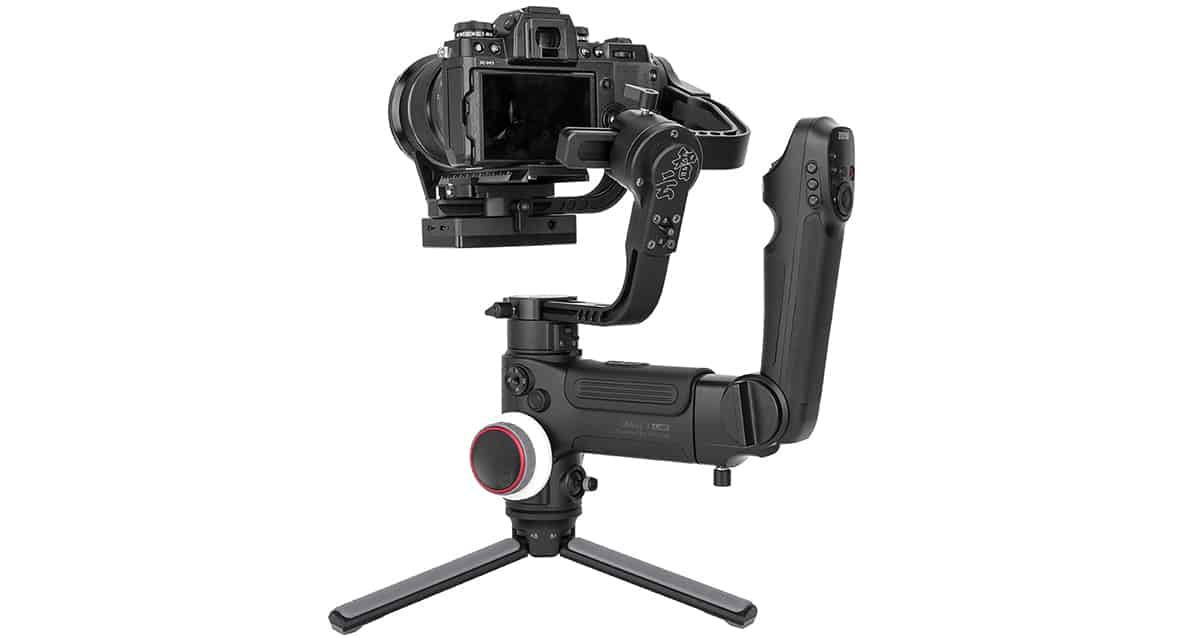
Payload: 4,54 kg
Pros
- Excellent stabilization
- Suitable for the toughest setups
- Stream images wirelessly to your smartphone.
Cons
- 7.5 hours of battery life
- Steep price
Before the DJI Ronin-S, Zhiyun dominated the market for gimbals that cost less than € 1000. No wonder people were incredibly excited about the release of the Zhiyun Crane 3.
Zhiyun eventually released two gimbals to follow up on the Crane 2: the Crane 3 LAB and the Weebill LAB. The Weebill LAB is designed for mirrorless system cameras, while the Crane 3 LAB is aimed at users with a larger and heavier camera setup.
The Crane 3 is one of the more expensive gimbals in its class. However, it offers a few big advantages:
First of all, it has two independent grips, which means there are different ways you can hold the gimbal. You can easily switch between the ‘underslung’ or ‘briefcase’ mode.
Of all one-handed gimbals, this one has the highest maximum payload, at a whopping 4.5 kg. This gives you a lot of flexibility in which combination of lens and camera you want to use without the risk of overloading the gimbal motors.
And finally, there is a wireless image transmission, which means that it is possible to stream the image to your smartphone via WiFi. This enables real-time monitoring, framing and camera control (provided you are using a compatible camera). Overall, the Crane 3 LAB is a great gimbal for DSLR owners. It costs more than the Ronin-S and doesn’t feel as robust, but it comes with some attractive features that make it a serious option.
More questions about gimbals
What’s the difference between a gimbal and other video stabilizers?
A gimbal is a relatively new technology, made possible by intelligent software that responds to motion detection sensors. Only in the last 5 years have the prices of gimbals dropped so that they are not only cheaper than traditional stabilization gear, but even so low that consumers can also use them for a smartphone or for a video hobby.
Not only are they more accessible to amateurs and hobbyists, they are also easier to use, much lighter, and offer potentially superior performance when it comes to stabilization. Gimbals are currently the best choice to make the smooth video on a budget and little training.
What are pan, follow, follow, lock, and activetrack modes?
A gimbal can rotate the camera on three axes using the three brushless motors: pan , roll and tilt.
Pan-follow keeps the horizon straight by locking and tilting the roll axis, but by following all the movements you make in the pan axis. Tracking mode does not lock axis, but eliminates jitter by making micro adjustments that smooth out every movement. Finally, the lock mode locks the orientation of the camera, which means that your camera lens will always be aimed at the same target.
More and more you see gimbals that are equipped with tracking (DJI calls its version ActiveTrack, for example), where AI is used to keep the camera focused on an object that you tap on your screen in advance. This can be very useful but often requires a little practice in advance.
The images from my gimbal are not perfectly smooth. Is there something wrong?
Gimbals must be perfectly balanced before you can use them properly. It usually takes a few days to get to a point where you are happy with the settings. Last but not least, some skill is required in using a gimbal, so don’t expect your new fancy gadget to do everything for you without effort on your part. For example, it still makes sense to adjust your foot movement and the way you lift the gimbal to prevent vibrations and shocks.
Conclusion
With gimbals for DSLR and mirrorless cameras gaining in popularity, brands have shifted their focus to smaller gimbals that are easier to carry. Unfortunately, the brands often promise more than they can deliver. Therefore, choose a gimbal that has a slightly higher payload. This is the main reason why we recommend the DJI Ronin-S, Moza Air 2 and Zhiyun Crane 3 LAB. If you’re using a mirrorless camera, the Zhiyun Weebill LAB and the all-new Ronin-SC make more sense.
Do you need a gimbal?
Rent a gimbal from DJI, Zhiyun, Moza or one of the many other brands. Find landlords in your area:

